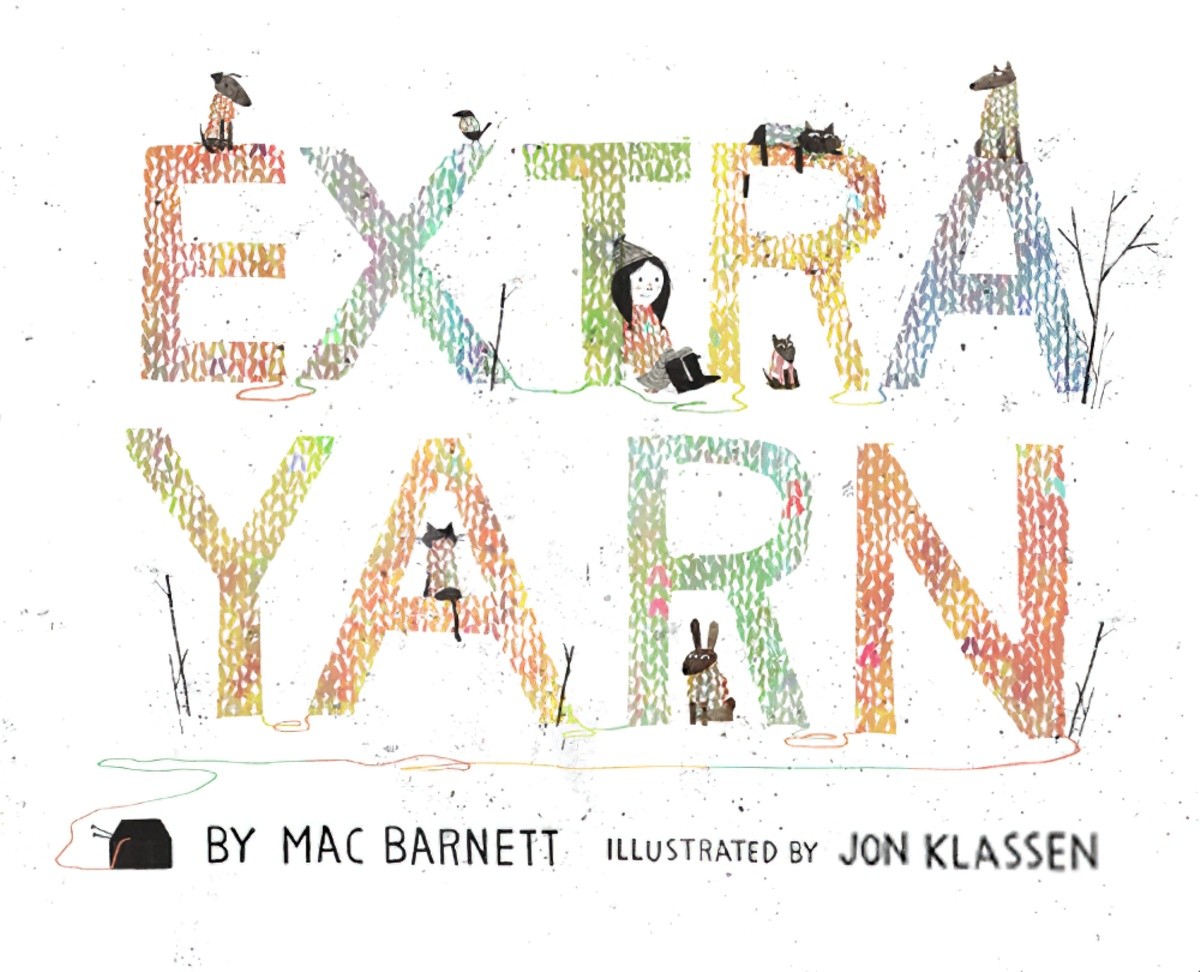-
Frog Goes to Dinner by Mercer Mayer 1974 Analysis
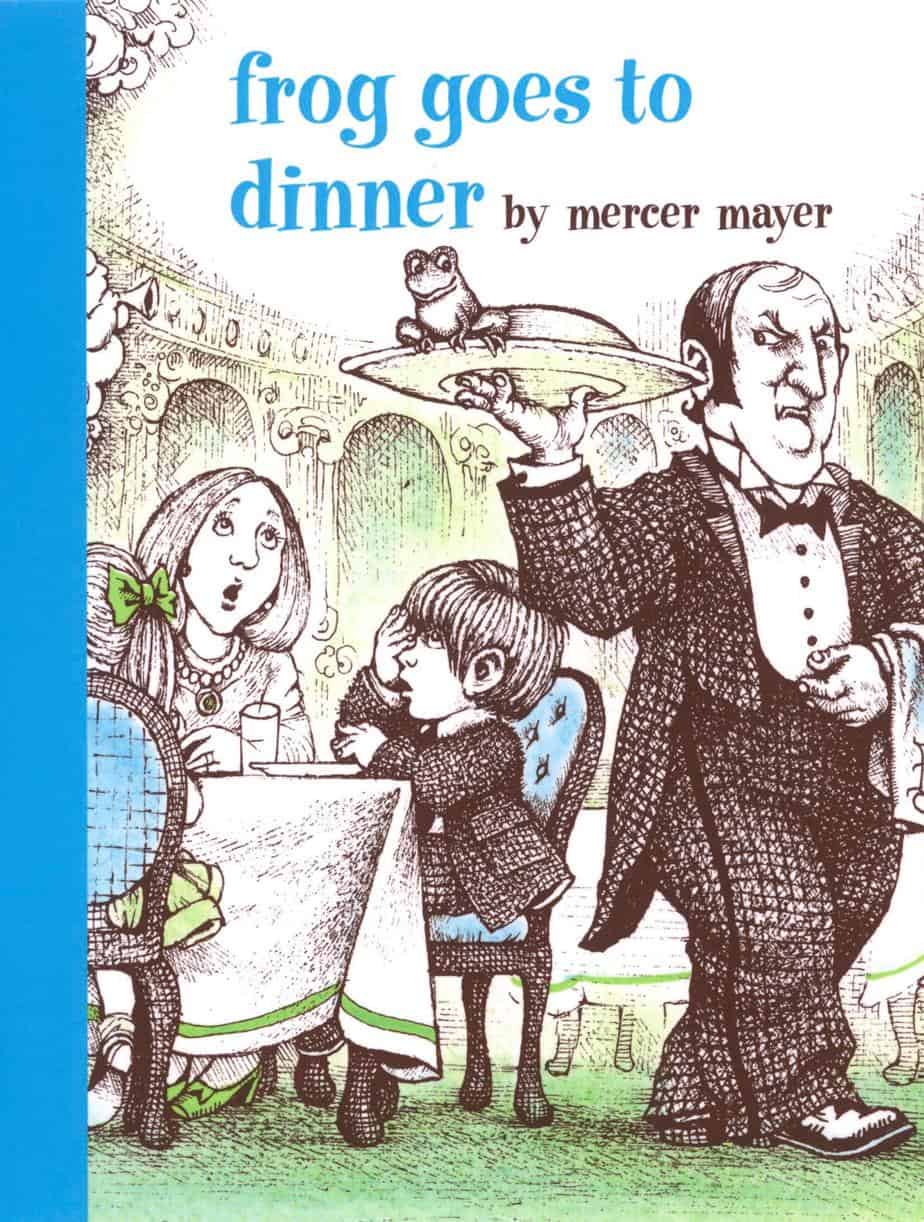
Frog Goes To Dinner (1974) is a wordless carnivalesque picture book by American author/illustrator Mercer Mayer, and the fifth in a series about a boy and his beloved frog. Wordless picture books are perhaps the most emotionally affecting, because they work with us at a deeper level. Frog Goes To Dinner works on an emotional […]
-
How Photography Changed Picturebooks
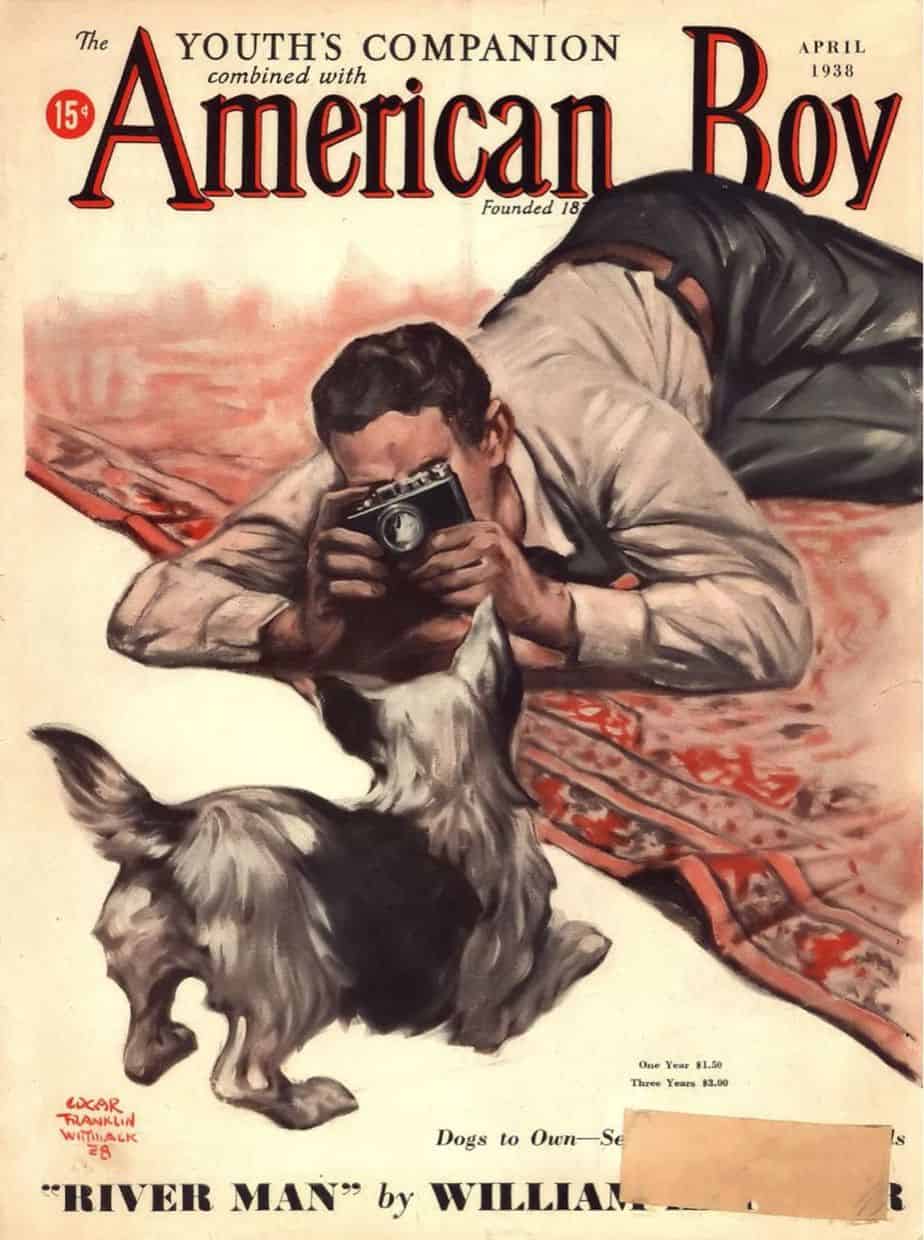
The first commercial camera is thought to be the daguerreotype, which changed art forever starting in 1839. To generalise, the function of painting changed after that. Before the camera, artists functioned as photographers do today; the skill of authentic reproduction was highly valued because there was no other way of recording something than to paint […]
-
Anatole by Eve Titus & Paul Galdone (1956)
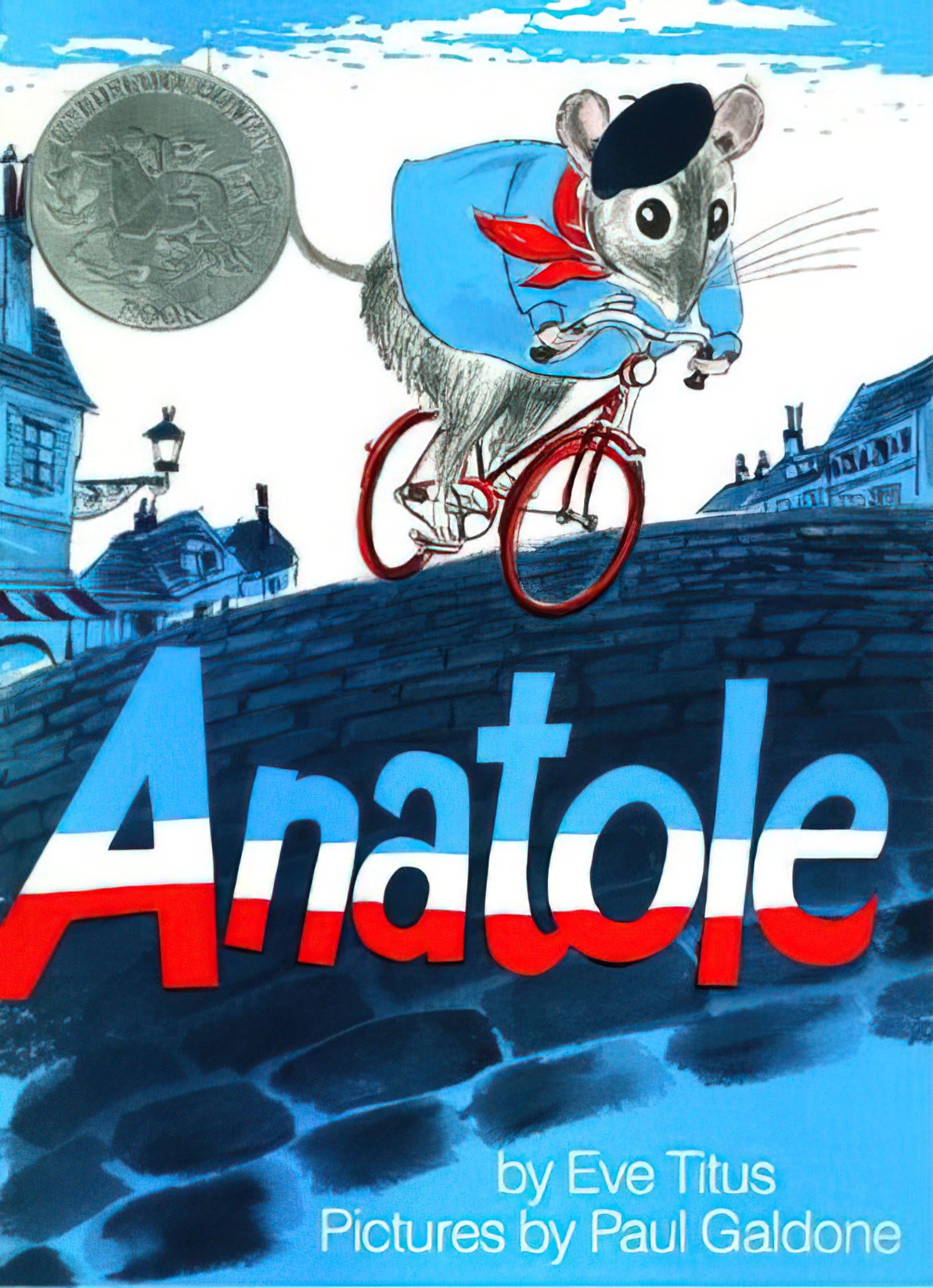
Anatole the mouse starred in a series of children’s stories by Eve Titus, illustrated by Paul Galdone in blue, red and white. The ten books were published 1956-1979. Today I’m taking a look at the picture book that opened the series. Anatole was named a Caldecott honour book.
-
Gila Monsters Meet You at the Airport by Marjorie Weinman Sharmat and Byron Barton Analysis
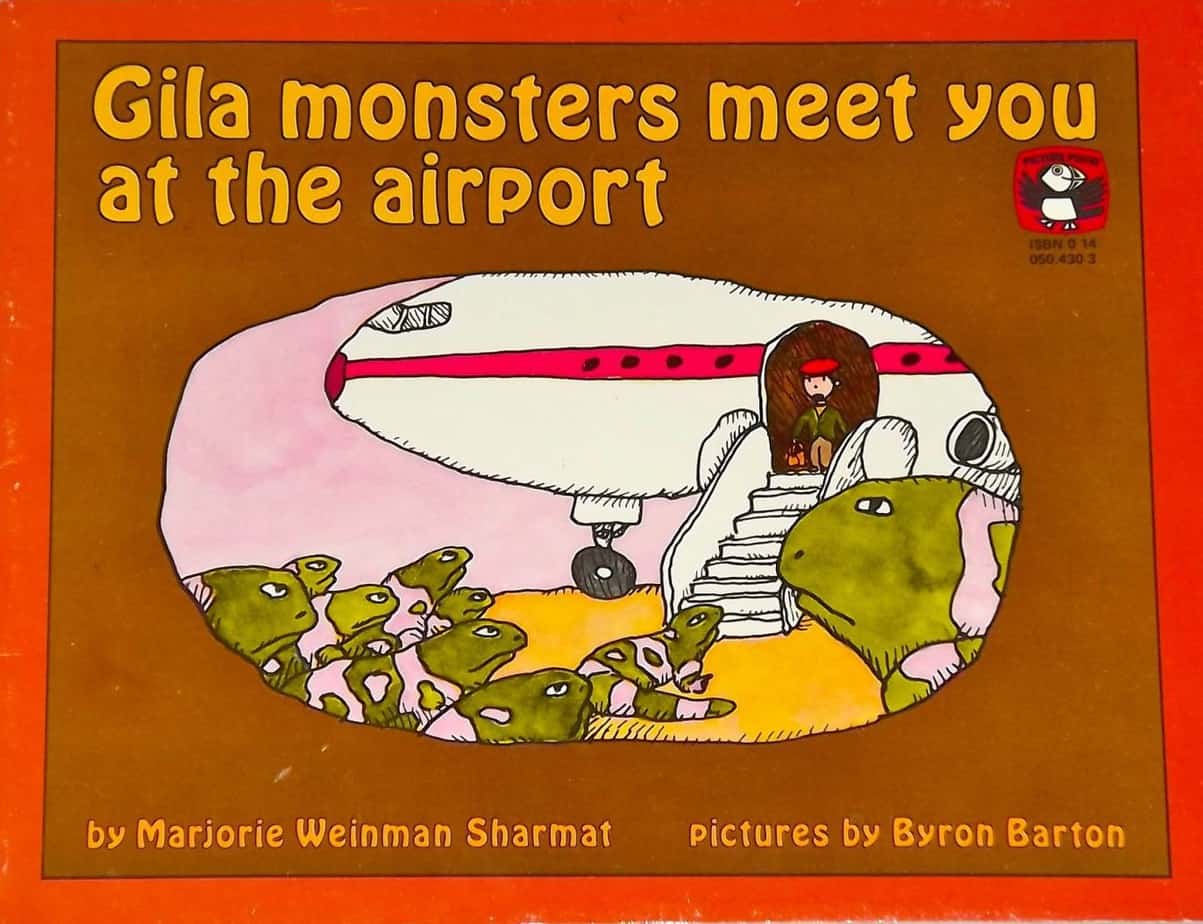
Gila Monsters Meet You at the Airport (1980) is an American picture book written by Marjorie Weinman Sharmat and illustrated by Byron Barton.
-
Bringing the Rain to Kapiti Plain by Aardema and Vidal Analysis
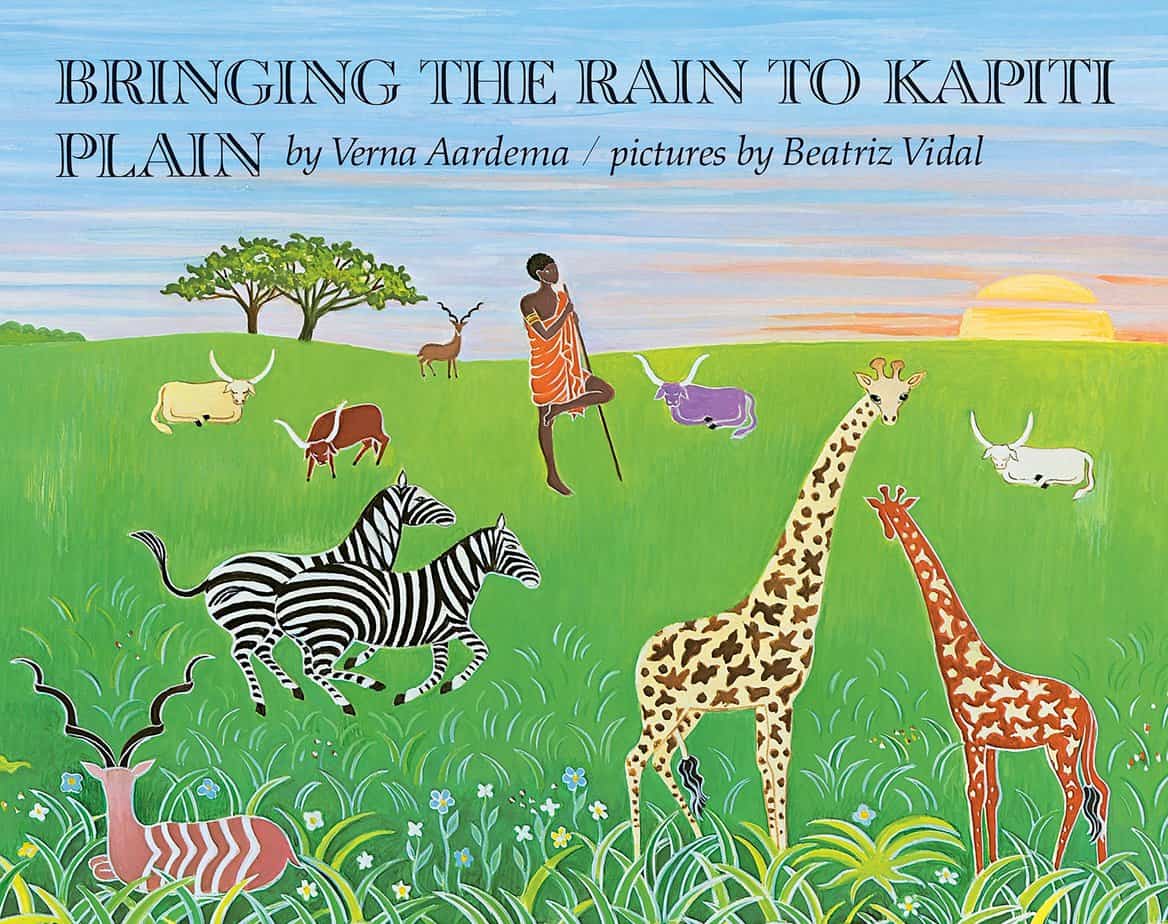
Bringing the Rain to Kapiti Plain (1981) is a cumulative picture book written by Verna Aardema and illustrated by and Beatriz Vidal. The rhyming scheme borrows from the well-known childhood rhyme, “This is the house that Jack built“. Vidal’s illustrations have a folktale vibe about them, partly due to those nice white outlines reminiscent of […]
-
Tight Times by Shook Hazen and Schart Hyman Analysis
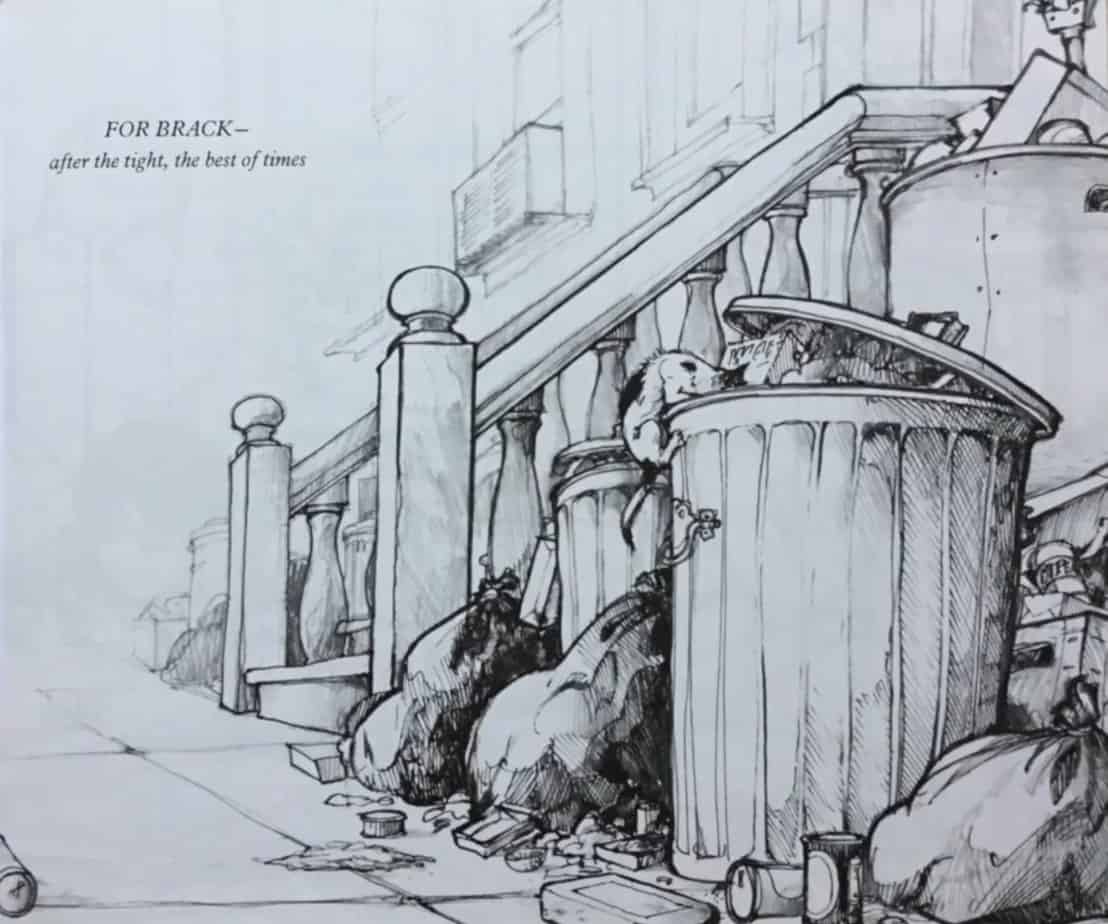
Tight Times (1979) is an American picture book written by Barbara Shook Hazen and illustrated in graphite pencil by Trina Schart Hyman. Tight Times also happens to be the first ever picture book read by LeVar Burton on America’s Reading Rainbow series back in 1983. I can see why they chose it. This short picture […]
-
Ferdinand The Bull Picture Book by Leaf and Lawson Analysis
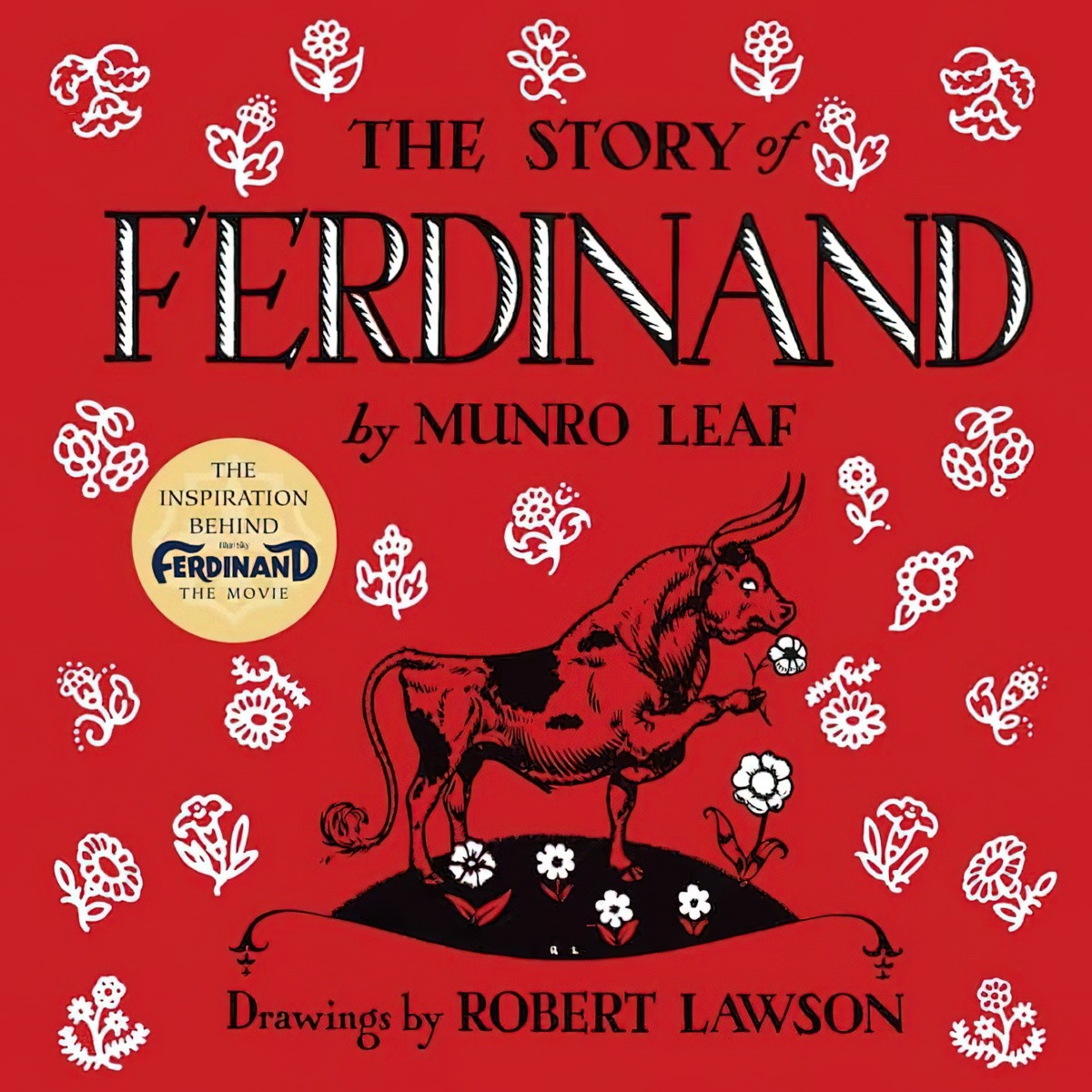
remarkable to a contemporary audience, but this picture book is significant for Lawson’s early use of cinematic perspectives. Picture books were influenced by motion pictures and photography in a wide variety of ways. Ferdinand the Bull is a standout example of a picture book which would have looked quite different had the audiences not been visually literate due to movies.…
-
Ty’s One-Man Band by Pitts Walter and Tomes Analysis
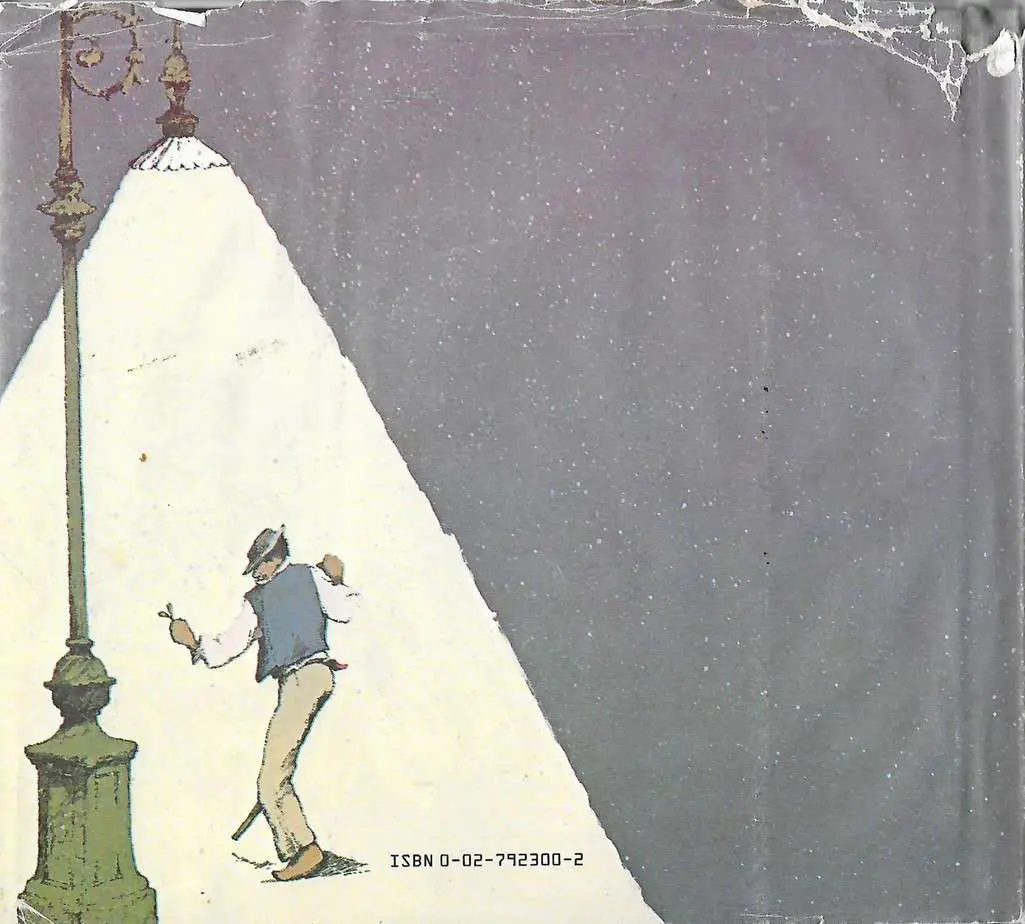
Ty’s One-Man Band (1980) is a picture book written by Mildred Pitts Walter and illustrated by Margot Tomes. This is a good mentor text if you’re writing a picture book with plenty of rhythmic onomatopoeia. If reading to modern kids, they might find this slow, quiet picture book a bit more exciting if encouraged to […]
-
Wolf in the Snow by Matthew Cordell Analysis
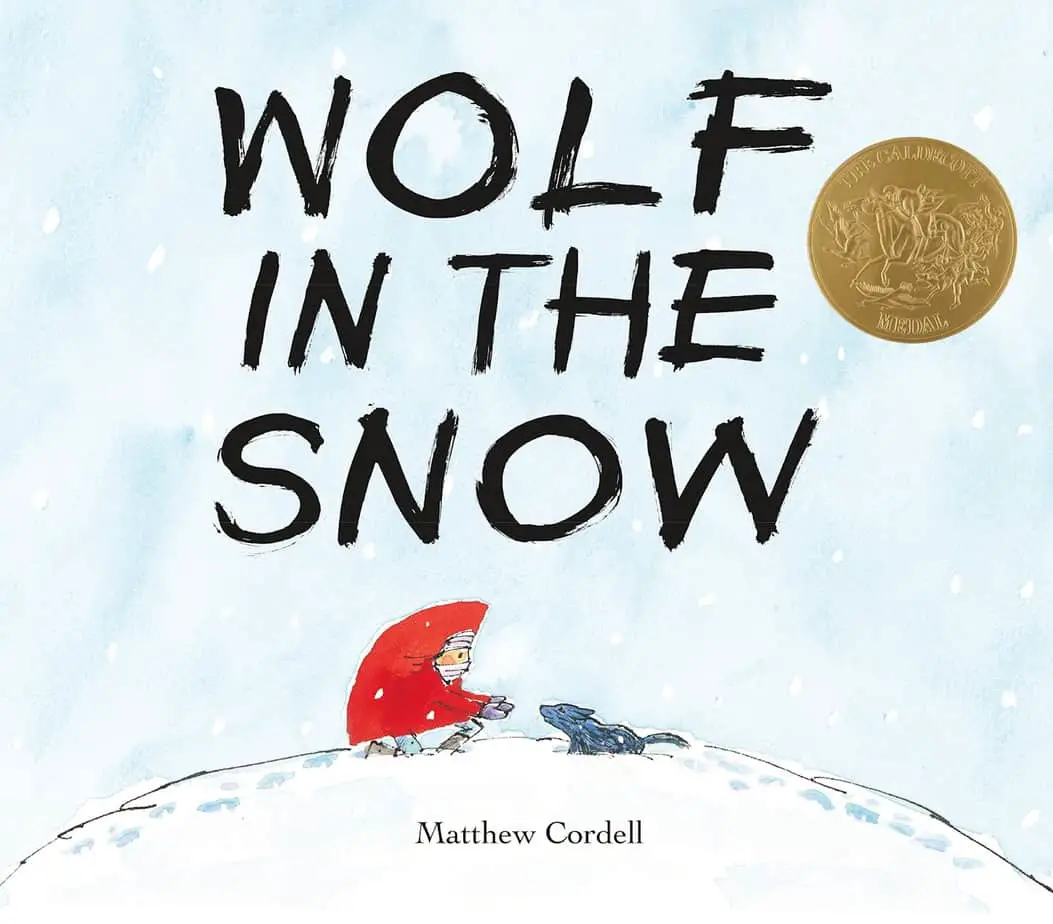
Wolf in the Snow (2017) is an almost wordless picture book written and illustrated by Matthew Cordell, with links to the Little Red Riding Hood fairy tale. All picturebooks are puzzles. The details of pictures invite attention to their implications. The unmoving pictures require viewers to solve the puzzle of what actions and motions they […]
-
The Day Jimmy’s Boa Ate the Wash by Hakes Noble and Kellogg Analysis
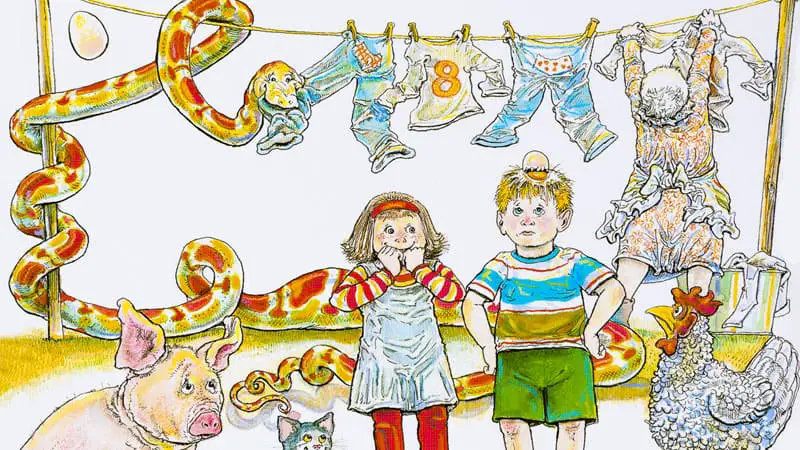
The Day Jimmy’s Boa Ate the Wash (1980) is a carnivalesque, cumulative picture book written by Trinka Hakes Noble and illustrated by Steven Kellogg. This picture book is a great mentor text for the way it handles dialogue visually, and also for the way the ironic distance between text and image expands at the end, […]
-
Arthur’s Eyes by Marc Brown Analysis
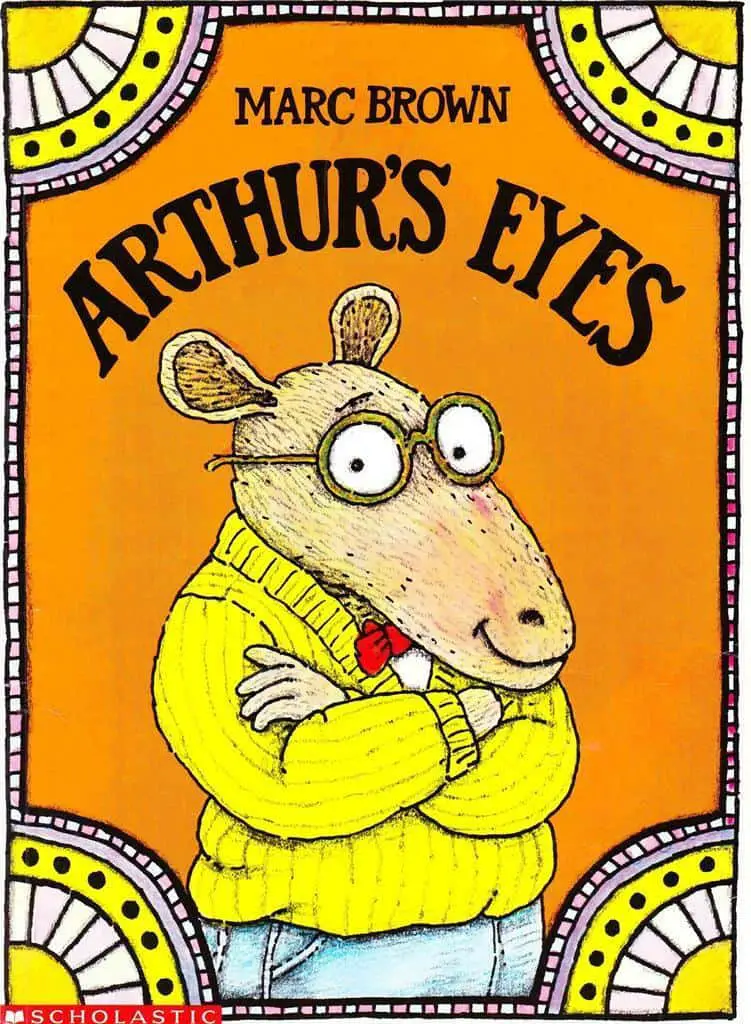
Arthur’s Eyes (1979) by Marc Brown is an early story of the popular Arthur series, about an ambiguously animal creature (only after looking it up do I understand he’s a brown aardvark) who lives with his nuclear family in an American suburb. This is a well-crafted story and really speaks to its young audience. The […]
-
The Fog by Maclear and Pak
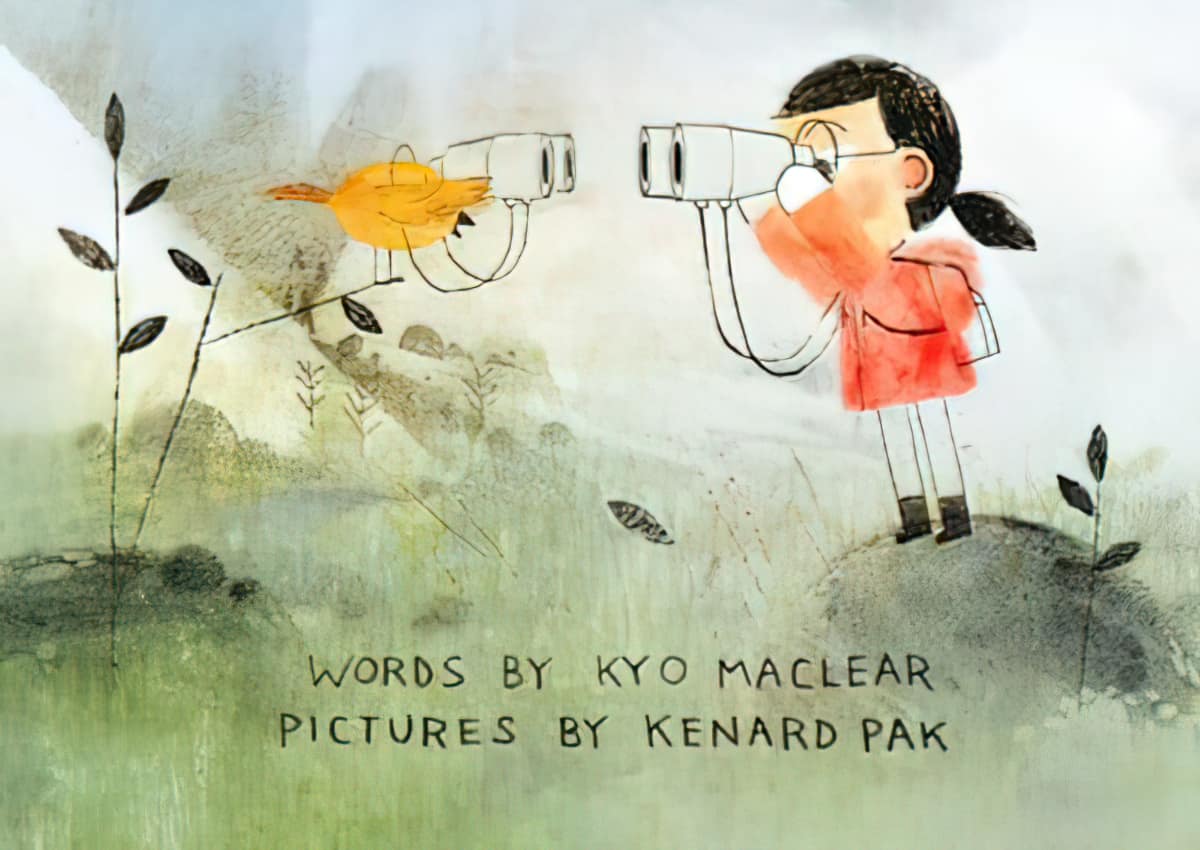
The Fog is a picture book by written by Kyo Maclear and illustrated by Kenard Pak. This is an example of a story for children that starts out in comical fashion, but you soon realise there’s a horrifying environmental message. The metaphor of fog serves double duty as a symbol of climate change and as […]
-
Gaston by DiPucchio and Robinson Analysis
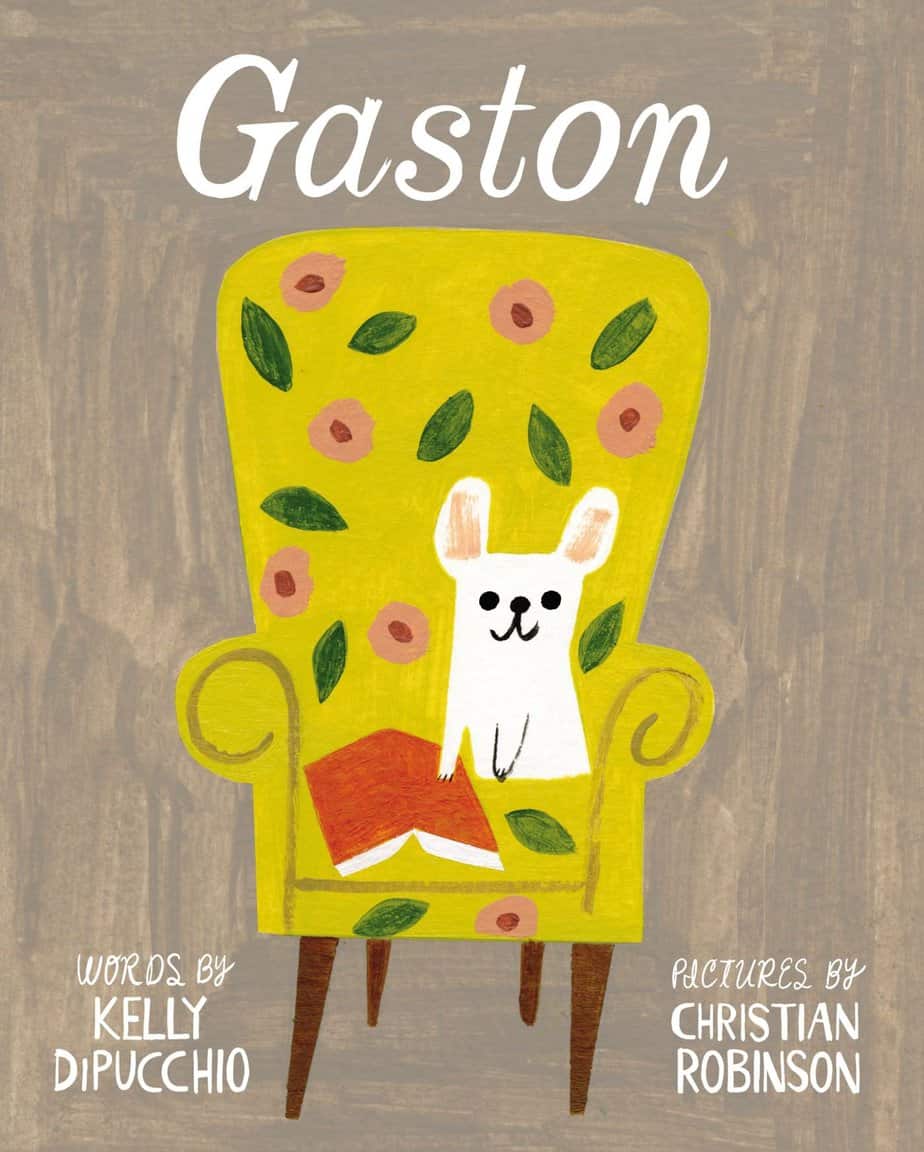
Gaston is a picture book written by Kelly DiPucchio and illustrated in beautiful naive style by Christian Robinson. The colour palette is gorgeous. I liken Gaston to another popular contemporary picture book: Drew Daywalt’s The Day The Crayons Quit. The plots are not at all similar, but they share the same ideological problems, intending to […]
-
Creepy Carrots by Reynolds and Brown Analysis
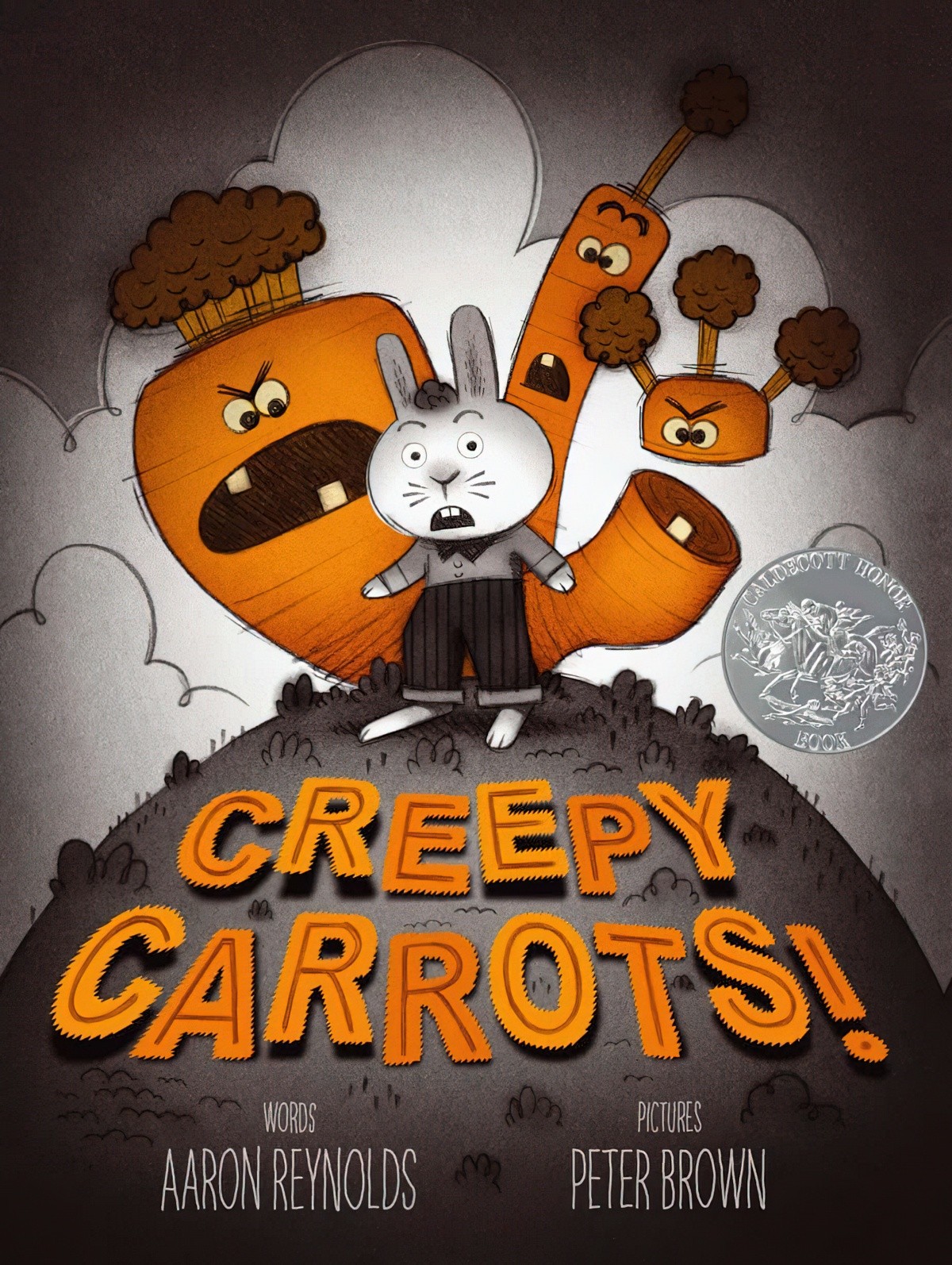
Creepy Carrots (2012) is a picture book written by Aaron Reynolds and illustrated by Peter Brown. For anyone wondering how to create a scary book for the very young reader without keeping them awake all night, this book is our masterclass in the horror-comedy blend. First of all, the story is about carrots — a […]
